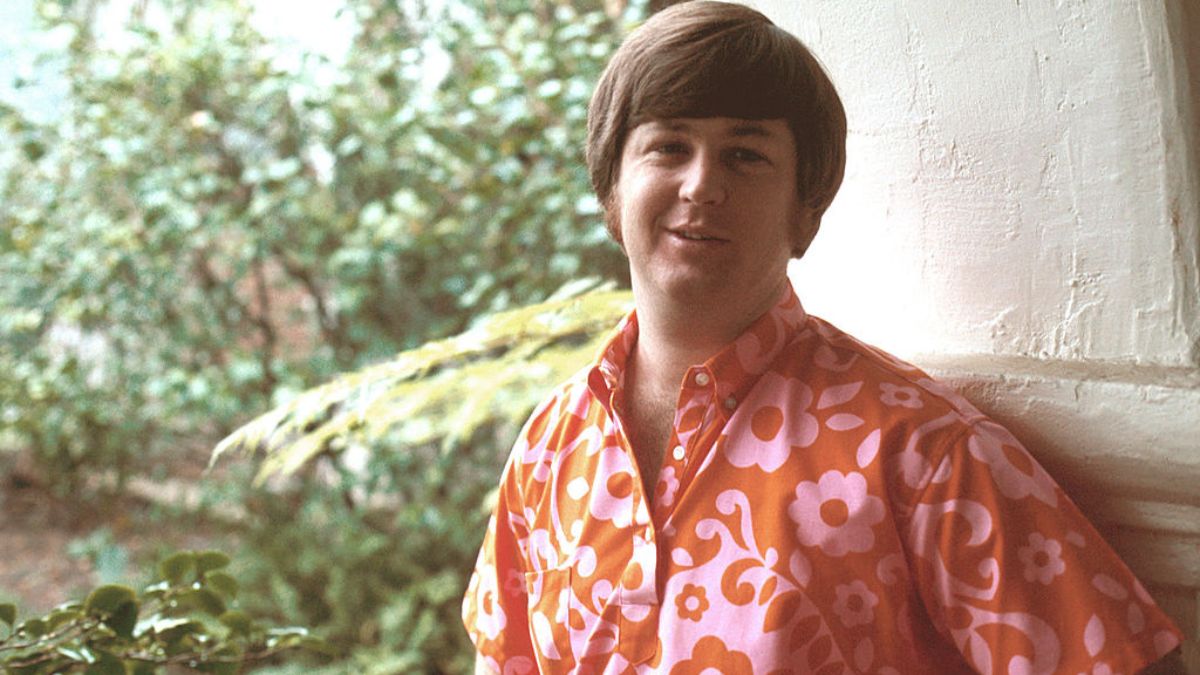
Seldom does chance have it that an electronic music producer is as simultaneously celebrated by both seasoned and novice fans of the genre as Erik Prydz is. The Swedish progressive house icon boasts a nearly two-decade career during which his creative process has evolved into one of the most highly regarded sounds on the market, – and with the release of his long-awaited debut album, Opus, it’s no exaggeration to suggest that this time in music belongs to him.
As if the music itself weren’t layered enough, Prydz chose the most enigmatic way imaginable to build up to the album’s release. Over the course of last year’s festival season, he released three EPs titled Pryda Vol. I, II and III – chronologically ordered collections of his music from the previous ten or so years that up until that point had only been available in his live sets. Opus would cap off the series with his most recent masterpieces, making the release itself a story of comparable magnitude to the rich concepts conveyed in each track.
Opus is broken into two discs – the first of which begins with “Liam,” a track whose teetering synth arpeggio start it off on a simple enough note before a bouquet of other sound layers feather in, framing the central progression with complimentary colors that render it all the more poignant. “Black Dyce” follows a similar format, incorporating ’80s-reminiscent drum kits and synths – but a dramatic change in the melody near the bridge takes the listener down an unexpected road.
By “Collider” you begin to identify the recurring theme in the majority of Prydz’ productions to be that they begin with a relatively straightforward, singular track on top of which additional synths and effects are harmonized until the whole of the song blossoms into something far more profound. In the case of this track, that element is the drum pattern; “Collider” is bordered on either end with a measure or two of that and almost nothing else.
Prydz continues with another aural journey in the form of “Som Sas,” which features a compressed hissing sound at each peak that you can’t help but think could become the new “Pryda snare.” As we’re already discussed, “Last Dragon” makes for one of the simpler tracks of the effort – which is saying a lot considering that it still boasts a relatively complex arrangement.
It’s not until the first disc’s sixth track that Opus showcases its first featured vocalist. “Moody Mondays” sees The Cut bring an almost Depeche Mode-like vibe to Prydz’ already somewhat ’80s-tinged style, and imbues an undeniable melancholy with its existentialist lyrics.
The strongest track of Opus‘ first disc is “Floj,” whose layered arrangement of arpeggios achieves a euphoric range that nothing else on the album quite does. From its grooving percussion all the way to its glittering synth melody at each peak, the track demonstrates just how vibrant of a mental environment the Eric Prydz sound can create for its listener.
“Trubble” makes for a considerably more dissonant iteration of the style, as its reverberant sawtooth synths give it more of an aggressive undertone. “Klepht” meets a similar end through subtler means before the final track of the first disc, “Eclipse,” leaves it off on just as transcendental a note as it started off. The track’s central melody seems to rise through layers of musical atmosphere, shining in weightless free fall before touching back down at the point before which its rudimental elements first coalesced.
The biggest difference between the two parts of Opus is that the first disc features almost entirely unreleased music while many of the tracks on the second have already been available to the public in one form or another. “Sunset At Cafe Mambo” is the first track of the second disc, and it makes for more of a despondent iteration of Prydz’ creative process. What follows is Prydz’ Rob Swire collaboration, “Breathe,” which almost seems like a perversion of the rest of the album’s ambience for its lower tempo and almost radio-friendly vocals – but still ultimately makes for a respectable collaboration between the unlikely collaborators.
For being the blissful example that it is of Prydz’ style while still incorporating vocals in a way that didn’t come across as cheesy, “Generate” was among the tracks that Prydz had been playing in his live sets since 2014 that truly defined his sound – and hearing it on his album almost two years later doesn’t detract from its effect.
“Oddity” and “Mija” make for two more decidedly Prydzian odysseys, as their melodies ebb and flow in the way that only his productions seem to. “Every Day” seems to capture more of the nostalgia often evident in his productions, and “Liberate” stands out as another of the tracks that had seen an earlier release than the others. Finally, “The Martix” offers an uplifting and resonant tranquility before the album ends with its title song.
“Opus” is as aptly titled as a track can be. The strongest effort on either disc of the album, it embodies the layered buildup of Prydz’ style perfectly. To describe it doesn’t do it justice, as its seamless flow from change to change makes it one of the best tracks to surface from contemporary electronic music.
Years from now when the world looks back on this era in music, it’s likely that they won’t remember artists like Martin Garrix or David Guetta as strongly as they’ll remember Eric Prydz. The way he utilizes the benefits of modern production software puts his skill on par with that of a famous classical composer, and his incorporation of the tracks into his live shows throughout the years brings a depth of concept to his music that’s been building over the better part of a decade. Seeing him at a career high, his fans can only hope that he’ll be able to keep the momentum of Opus moving forward and will continue to put out the caliber of music that serves to define a generation.










Published: Feb 7, 2016 12:28 pm